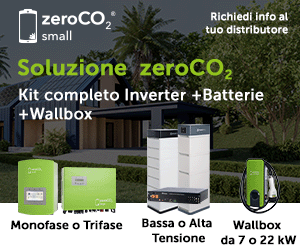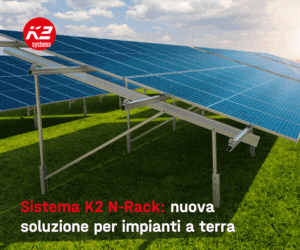They generate 13.5% of Italy’s electricity, but count for 30% of the electricity sector’s emissions: 32 million tons of CO2 per year, which will soon become 39 million when the new power stations get the go-ahead. After Civitavecchia, Vado Ligure, Fiumesanto and Porto Tolle, the power station of Saline Joniche in the province of Reggio Calabria is set to be approved. And Reggio Calabria is exactly where Legambiente chose to present its annual report on Italian coal-fired power stations “Coal: old, dirty and bad” (see report below, in italian).
The report stresses that approving new coal-fired power stations is a “step backwards” for energy and takes us in the opposite direction to that which we should take to achieve the Kyoto protocol and the European 2020 targets. Although the country achieved an overall reduction in emissions in the past year, even if partly due to the economic crisis, emissions from coal-fired power stations have increased by 17.6% since 1990 and they represented 29% of all emissions from the electricity sector in 2007.
Legambiente explains: “Coal, promoted as clean and inexpensive, is the greatest danger our Country has to face if we want to achieve the targets set by the European Union (…) In fact, if all the projects that had been started and completed, hypothesised or approved, had been carried out, CO2 emissions would have increased by almost 39 million tons (Mt) per year, against Italy’s commitment to Europe to reduce greenhouse gas emissions by 60 Mt of CO2 by 2020.”
According to the Legambiente report, in 2008, the 12 operating coal-fired power stations, more than any other industrial plant, exceeded the CO2 limits set by the EU and will have to pay the heaviest penalties. While the 600 thermal power stations that burn other fuels exceeded the ETS (Emission Trading Scheme) limit by “only” 2.8 Mt altogether, the 12 coal-fired power stations overshot it by 7.3 Mt of CO2. But that’s not all: even though they account for 30% of the total CO2 emissions by the Italian electricity sector, these power stations generate only 13.5% of the electricity.
The Legambiente list for the highest CO2-emitting coal-fired power stations is topped by Enel in Brindisi Sud, which exceeded European ETS limits by 3.9 Mt with its 14.9 million tons (Mt) of CO2, the Fusina power station (4.8 Mt) and the Tirreno Power plant in Vado Ligure (4.3 Mt). Totting up the limits exceeded by the 12 power stations in 2008, the cost of not respecting the ETS limits amounts to 88 million Euros. A sum which will be fully charged to Italian bills and which will tend to increase even more over the next few years: in fact, between 2009 and 2012, the price Italian households risk paying for not meeting international commitments may exceed one billion Euros.
The comparison set out in the report reveals that the potential for renewables is vastly superior to that of coal. According to the scenario described by the Italian Institute for Research on the Environment for Legambiente, in 2020, renewables alone could supply approximately 100,000 GWh of electricity per year against the 50,000 GWh per year hypothetically generated by the new coal-fired power stations. With clean sources, almost 12 Mtoe of thermal energy could be harnessed, whilst coal’s contribution on this front is zero, as the energy generated by coal-fired power stations is only used to produce electricity, not heat.
Planning new power stations is even more incomprehensible when we consider the enormous potential for energy efficiency there is in Italian homes, as well as in the tertiary and manufacturing sectors: by 2020, we could reduce the consumption of electrical energy by about 91,000 GWh a year – almost twice the hypothetical production of energy from coal – and over 12 Mtoe of thermal energy.
As for employment prospects, the comparison is unforgiving: while the plans for new coal-fired power stations could ensure no more than 3,200 jobs in the next ten years, it is estimated that renewables could create 135,000 new jobs.
Published by Qualenergia.it


































